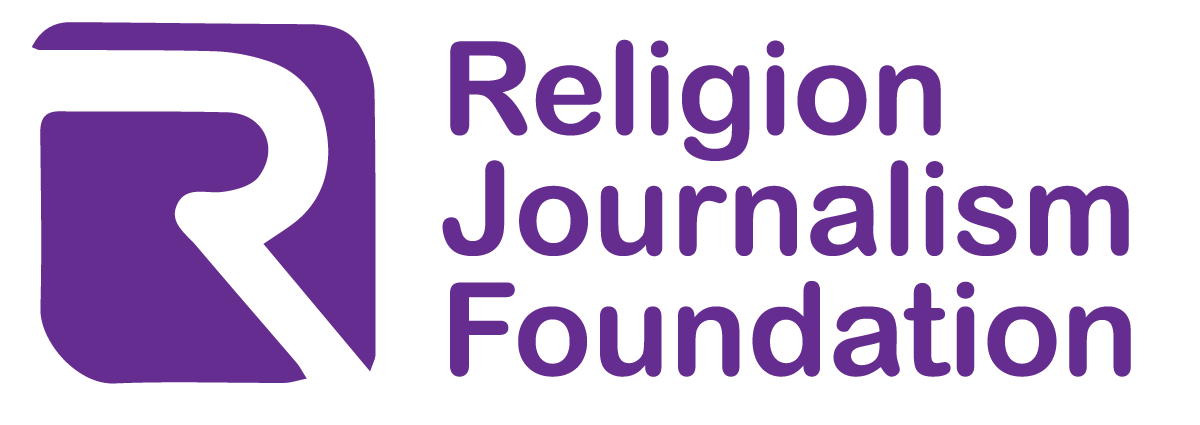Understanding the Intersection of Religion and Journalism
The relationship between religion and journalism is characterized by a multitude of complexities that shape how religious topics are reported in modern media. In an increasingly diverse society, journalists are tasked with navigating a variety of belief systems, cultural backgrounds, and religious practices. It is essential for reporters to recognize and understand the intricate tapestry of faiths that exist, as this understanding directly influences the newsworthiness of a story. Reporting on religious issues requires an awareness of the cultural and social contexts that underpin these subjects, enabling journalists to convey information that is not only accurate but also sensitive to the beliefs and values of the communities they cover.
One of the primary ethical considerations in religion reporting is the need for sensitivity to the belief systems under discussion. Journalists should be aware of their potential biases when approaching religious topics, comprehending that their perspectives may inadvertently shape the narrative. This requires a commitment to fairness and impartiality, ensuring that coverage is representative of the various voices within a faith community. Furthermore, the responsibility to present information accurately is crucial, as misrepresentation can lead to the perpetuation of stereotypes or misinformation. When journalists approach stories involving faith, they must prioritize the integrity of the information presented and the potential impact of their reporting on public perceptions of religious groups.
Case studies in religious journalism illustrate both successful integrations of faith perspectives and the pitfalls that can arise from misrepresentation. Positive examples abound where reporters have crafted narratives that respect and reflect the complexities of religious beliefs, fostering dialogue and understanding among different communities. Conversely, instances of sensationalism or oversimplification highlight the necessity for thorough research and a nuanced approach in religious reporting. By examining these examples, journalists can better appreciate the importance of thoughtful representation, ultimately enriching the broader discourse surrounding religion in the media.
Crafting Religion-Informed News Coverage
Journalists play a crucial role in shaping public understanding of religious matters. To responsibly report on faith, it is essential to utilize practical strategies that enhance the quality and accuracy of religion-informed news coverage. One of the foundational steps is thorough research. Journalists are encouraged to consult knowledgeable sources, such as religious leaders or experts, who can provide valuable insights into the beliefs and practices of different faiths. This approach not only enriches the reporting but also establishes credibility.
Additionally, journalists should reference relevant religious texts when discussing specific doctrines or beliefs. This practice demonstrates respect for the religions being reported on and allows for a more nuanced understanding of the context. Understanding the historical backdrop of various religious traditions is equally important. By doing so, journalists can provide readers with a comprehensive view that highlights how beliefs have evolved over time, which can illuminate present-day practices and viewpoints.
Inclusivity is another vital element of religion-informed news coverage. Journalists must strive to represent a diverse array of faiths fairly and accurately, avoiding stereotypes that can lead to misconceptions. Engaging with a variety of religious communities fosters dialogue and promotes mutual respect. This engagement can be facilitated through community events, interfaith dialogues, or consultations with representatives from different faith backgrounds. Such interactions can help journalists build a network of contacts, providing them with a better understanding of complex religious issues.
In conclusion, crafting religion-informed news coverage requires diligence in research, respect for diverse beliefs, and an inclusive approach. Implementing these best practices not only enriches the reporting of faith-related events but also cultivates a more informed public discourse surrounding religion.

